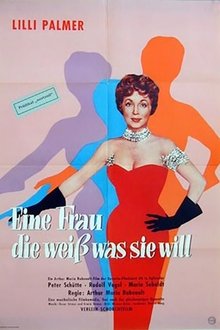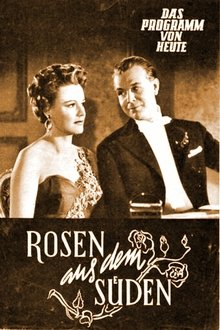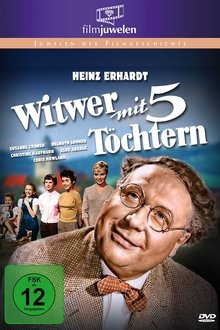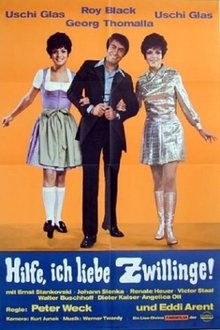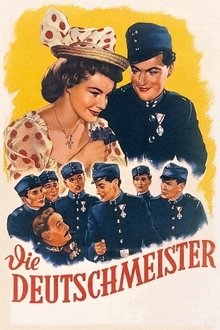Related Movies
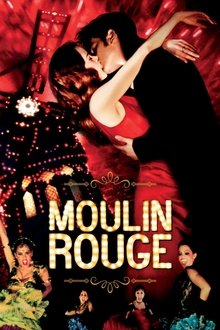
Moulin Rouge! (2001)
A celebration of love and creative inspiration takes place in the infamous, gaudy and glamorous Parisian nightclub, at the cusp of the 20th century. A young poet, who is plunged into the heady world of Moulin Rouge, begins a passionate affair with the club's most notorious and beautiful star.
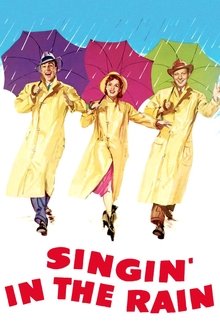
Singin' in the Rain (1952)
In 1927 Hollywood, a silent film star falls for a chorus girl just as he and his paranoid screen partner struggle to make the difficult transition to talking pictures.
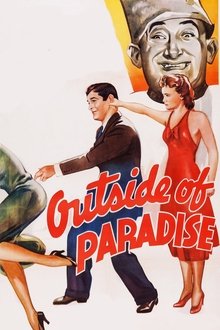
Outside of Paradise (1938)
Daniel Francis O'Toole, singing maestro in a New York restaurant, finds himself the unexpected heir to an estate in Ireland. He doesn't have money enough for the passage to Ireland, but the band members decide to incorporate him, advancing him the fare for equal shares in the estate. In Ireland, Danny finds that his is only a half-share, and the other half belongs to Mavourneen Kerrigan and she has the exclusive right to sell or keep the property...which, despite his pleas, she refuses to do. She also declares him an undesired guest, objects to his presence and insists that he prepare his own meals. He does so in a large main hall, but can only make hamburgers.
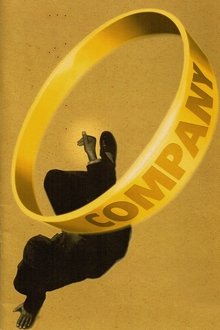
Company (1996)
Set in modern upper-crust Manhattan, an exploration of love and commitment as seen through the eyes of a charming perpetual bachelor questioning his single state and his enthusiastically married, slightly envious friends.
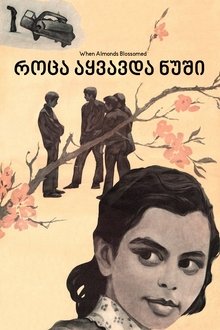
When Almonds Blossomed (1973)
Zura, a son of a rich businessman, steals a car of his father’s friend to amuse his classmates. When informed about it, the school principal discards him from the bike tournament. Nevertheless, Zura’s father manages to persuade her to allow his son to participate and even succeeds in bribing his championship. Zura’s classmates know that he became a champion undeservedly but can’t do anything about it. Only Khatuna, his alleged girlfriend, and Lexo, Zura’s friend, dare to protest against it. Their lack of loyalty enrages Zura and in the rush of the blood he crashes his father’s car. The accident takes Laxo’s life. Zura’s father does his best to save his son from deserved punishment but the first one against his decision is Zura himself.
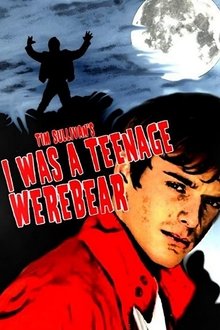
I Was a Teenage Werebear (2011)
A repressed gay teen transforms into a beast after being bitten by a hunky classmate.
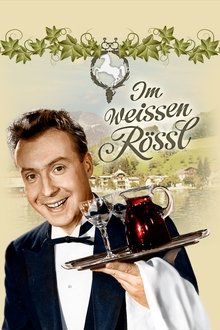
The White Horse Inn (1960)
Leopold, head waiter at the "Weißen Rössl" (White Horse Inn), is secretly in love with the owner of the restaurant, Josepha. But she's only interested in the lawyer Dr. Siedler. Jealous, Leopold comes up with a plan to gain Josepha's attention.
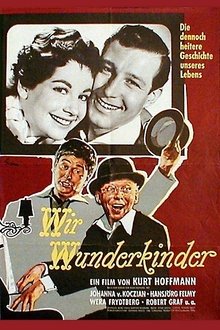
Aren't We Wonderful (1958)
Kurt Hoffmann′s satire concerning Germany′s development during the first half of the 20th century tells the story of two schoolmates - Hans and Bruno. They could not be more different. While Hans is ambitious and must always work hard for his career, it seems that the happy go lucky Bruno is carefree.
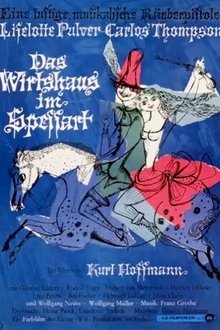
The Spessart Inn (1958)
Countess Franziska "is kidnapped" by a band of robbers. However, her father is not willing to pay the ransom so Franziska changes sides.
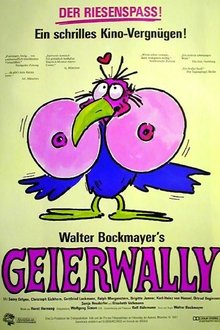
Die Geierwally (1988)
Geierwally is a musical comedy and a parody of traditional movies with regional background, especially the classic story of Geierwally.
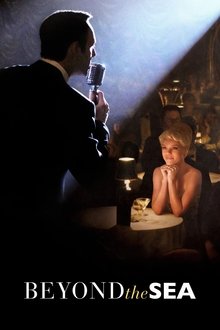
Beyond the Sea (2004)
Based on the life and career of legendary entertainer, Bobby Darin, the biopic moves back and forth between his childhood and adulthood, to tell the tale of his life.
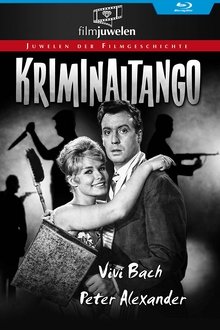
Kriminaltango (1960)
Peter, a young, bankrupt homeowner, wants to sell his house and move in with his aunt Agathe in the countryside. In the meantime, his friend Albert and his niece Inge are supposed to guard the house. When he learns that the three crooks Boxer-Franz, Taschen-August, and Klau-Maxe are already living there, he breaks into his own house, where he encounters the three burglars, who mistake him for a "colleague." The crooks expect him to pretend to be the homeowner and want to keep the proceeds for themselves.

Olaf's Frozen Adventure (2017)
Olaf is on a mission to harness the best holiday traditions for Anna, Elsa, and Kristoff.

Revue Starlight: The Movie (2021)
The stage emulates life and compresses it, setting free skills learned over lifetimes in brief but dazzling displays for the amusement and judgment of others. For the performers, it is the ultimate risk, and some will rise while others must fall. Nowhere is this truer than at the Seisho Music Academy, where music, dance and real weapons all come into play in the creation of the next great Star. Karen and Hikari’s destinies have been linked since a childhood promise, but their journeys here have taken very different paths. Now, after Hikari leaves, Karen must discover who she is without her opposite, while Hikari must rediscover her own course. Nor are they the only girls who must reassess and change if they want to achieve their dreams, as the dance, magic, and swordplay continue!
